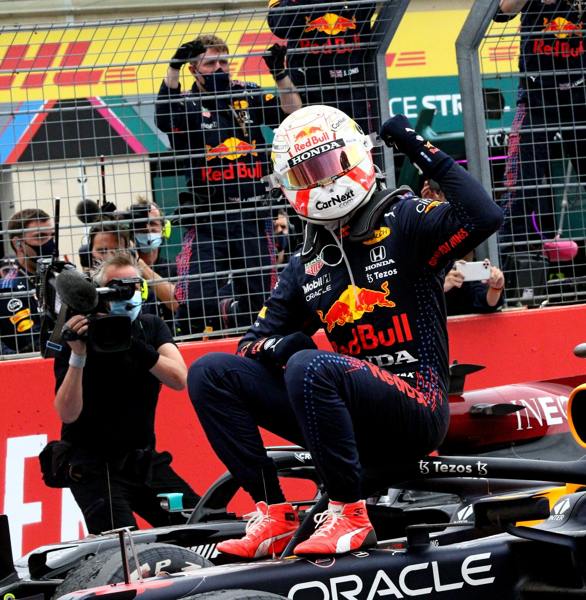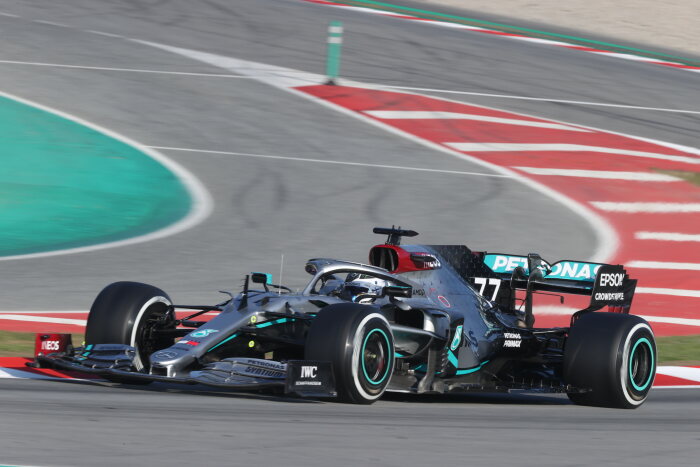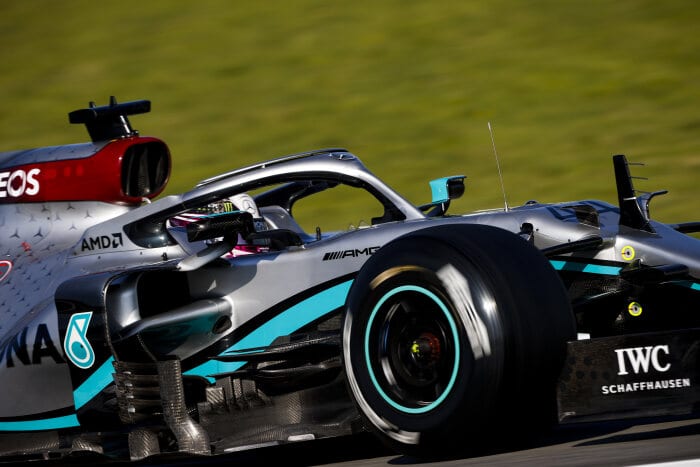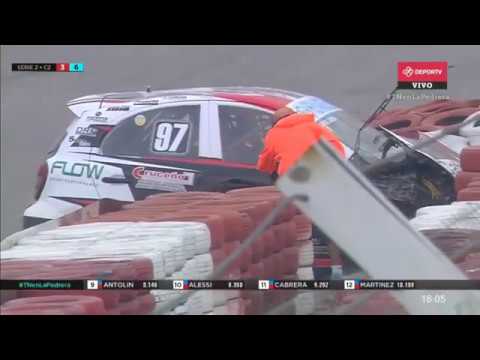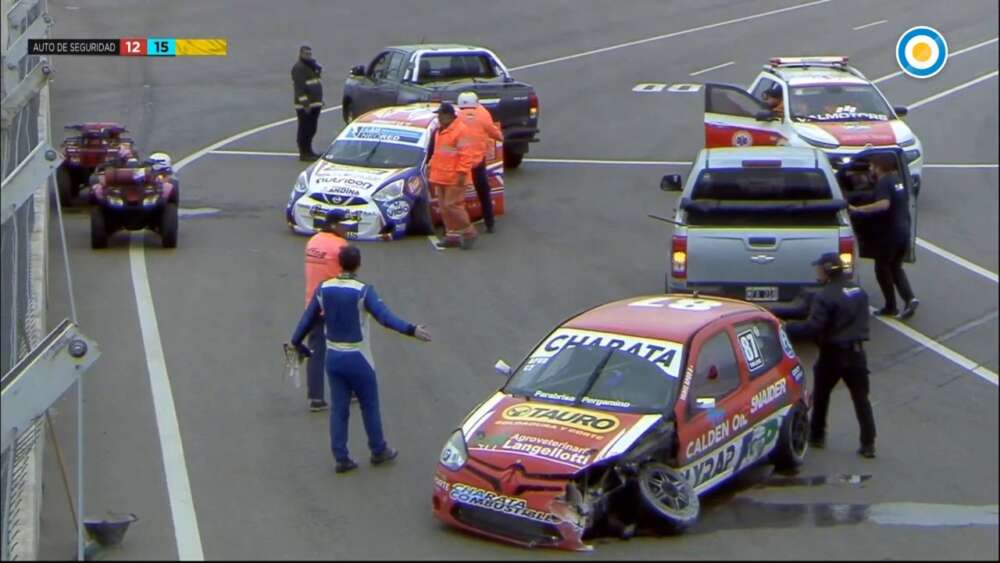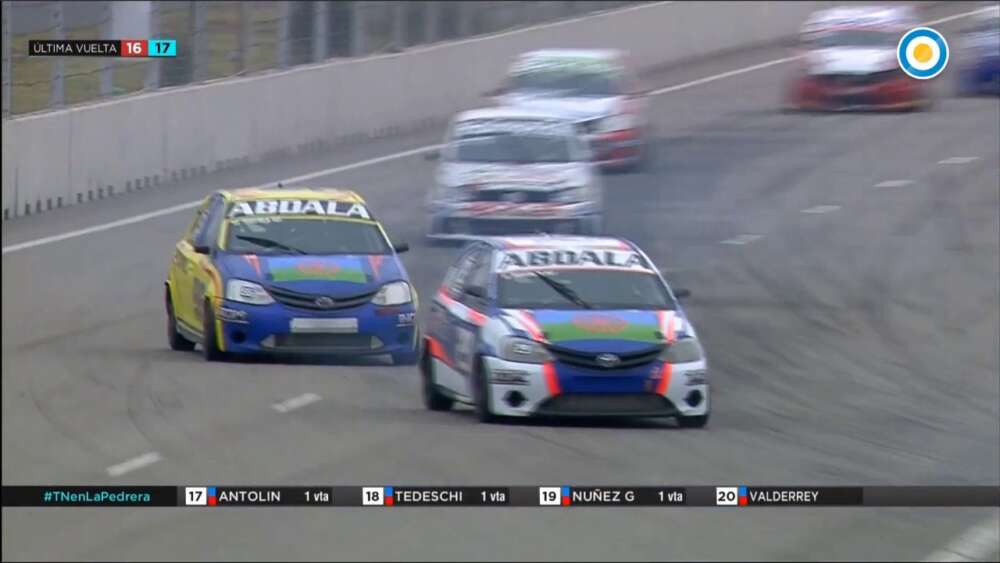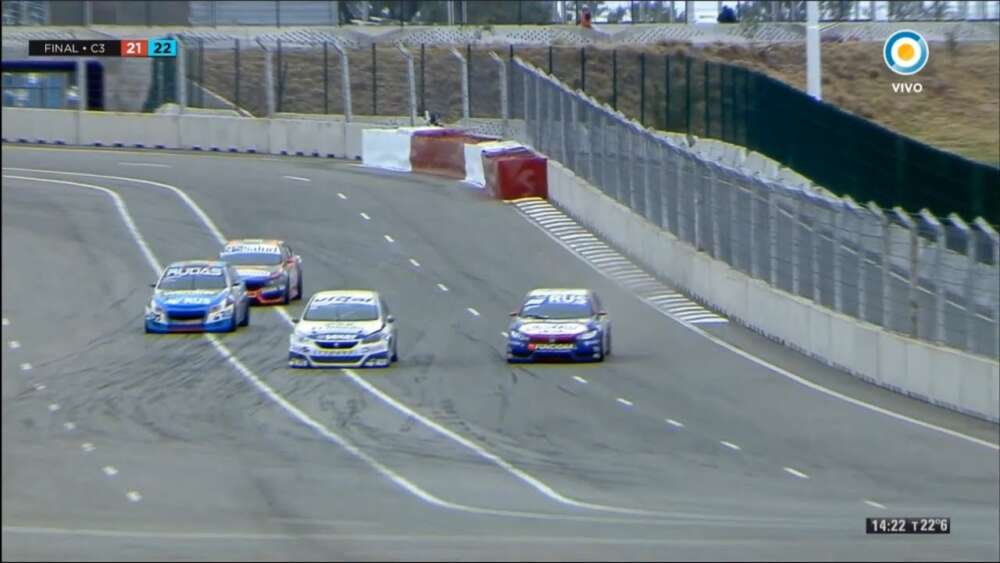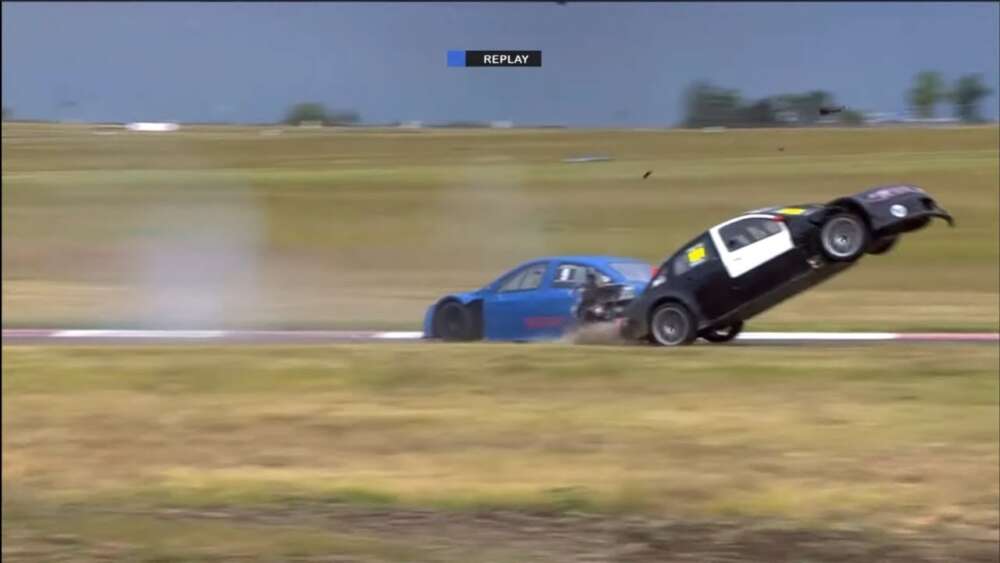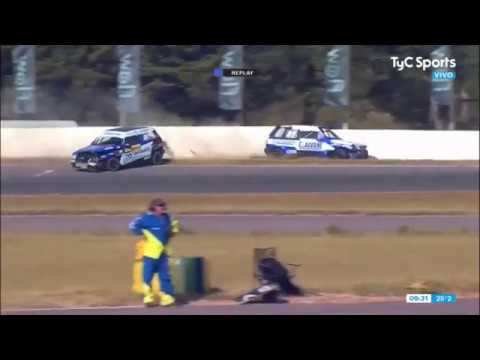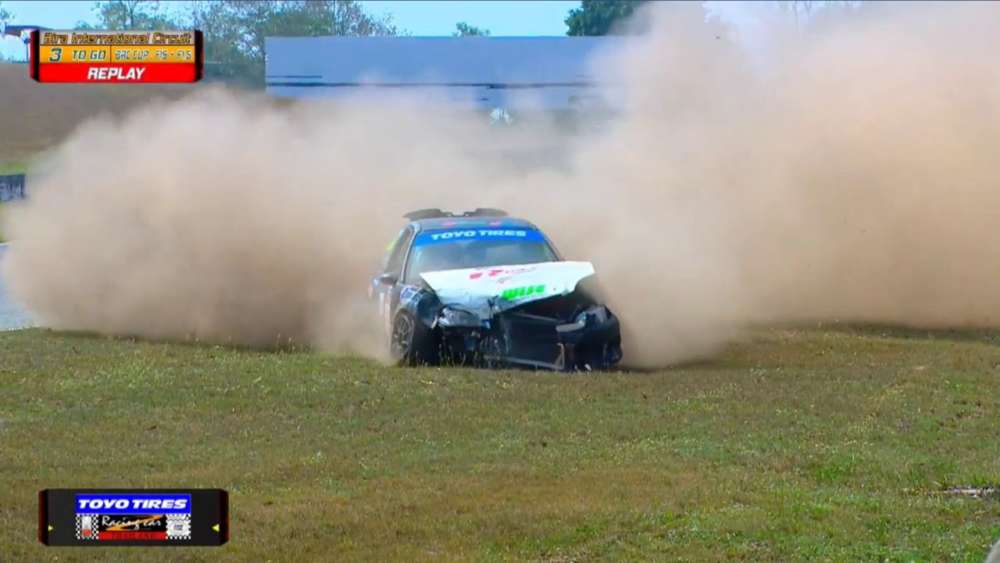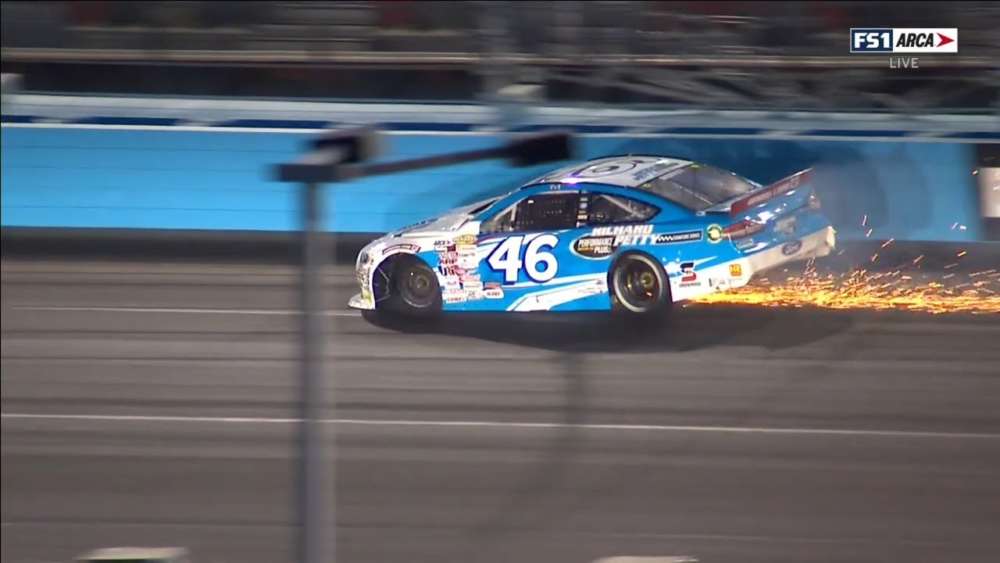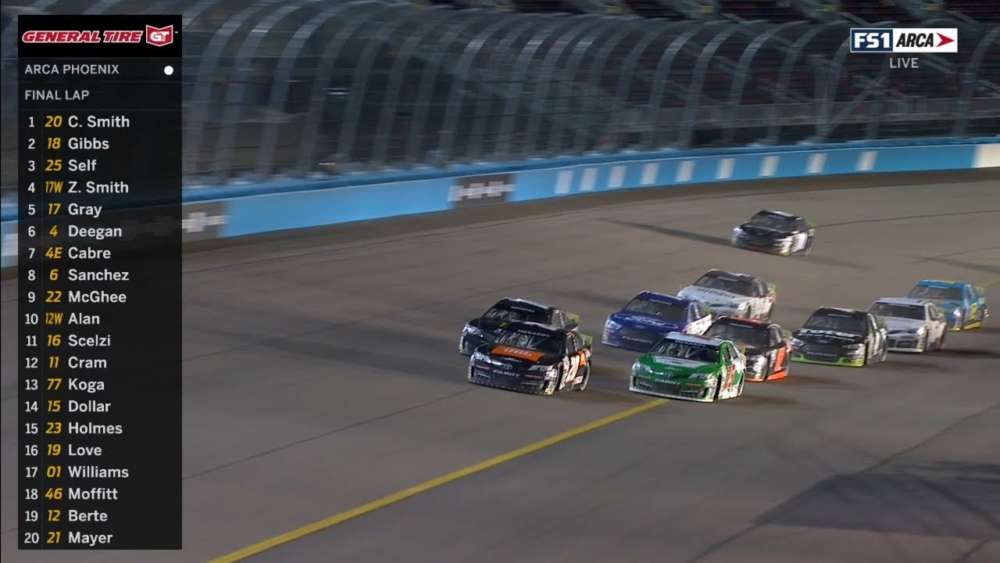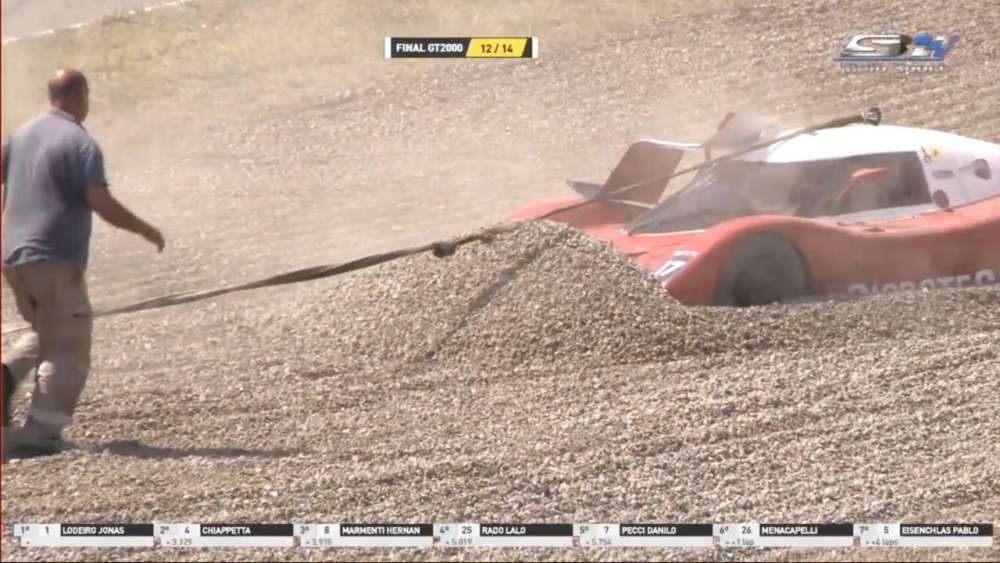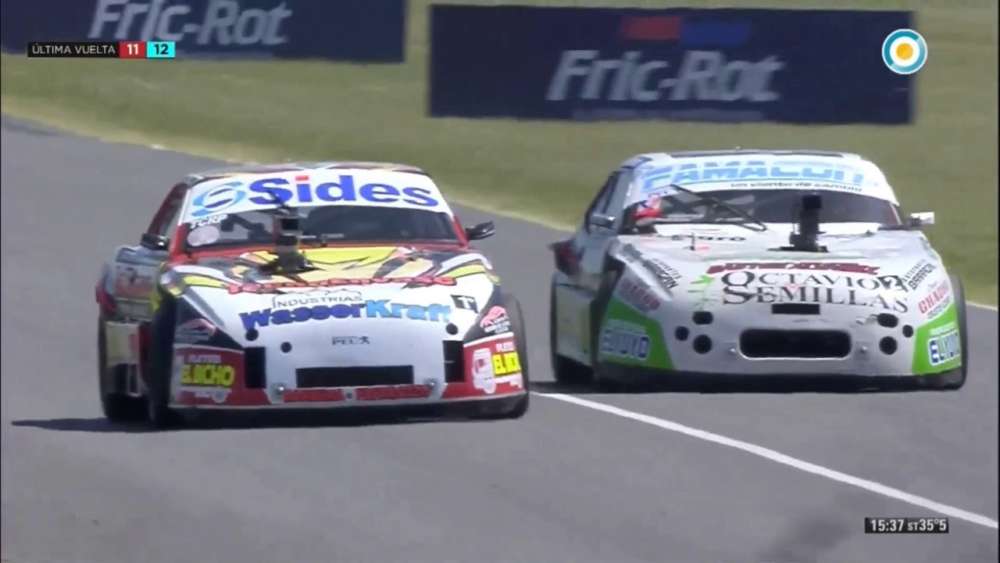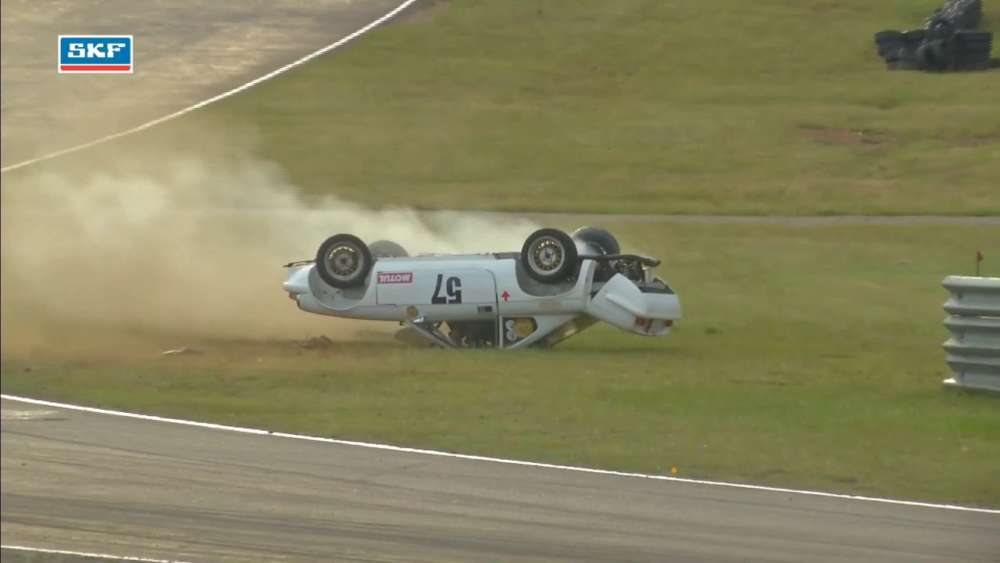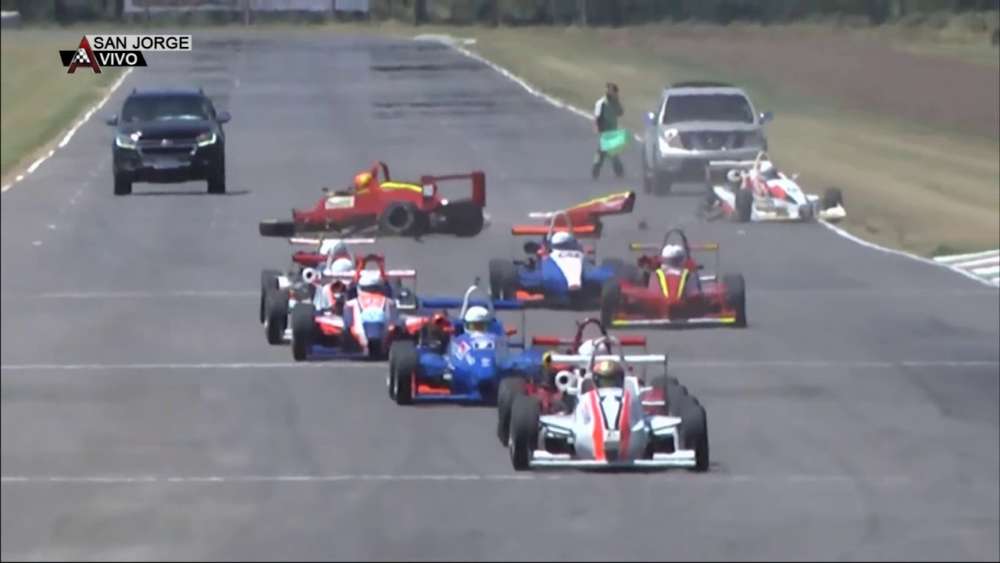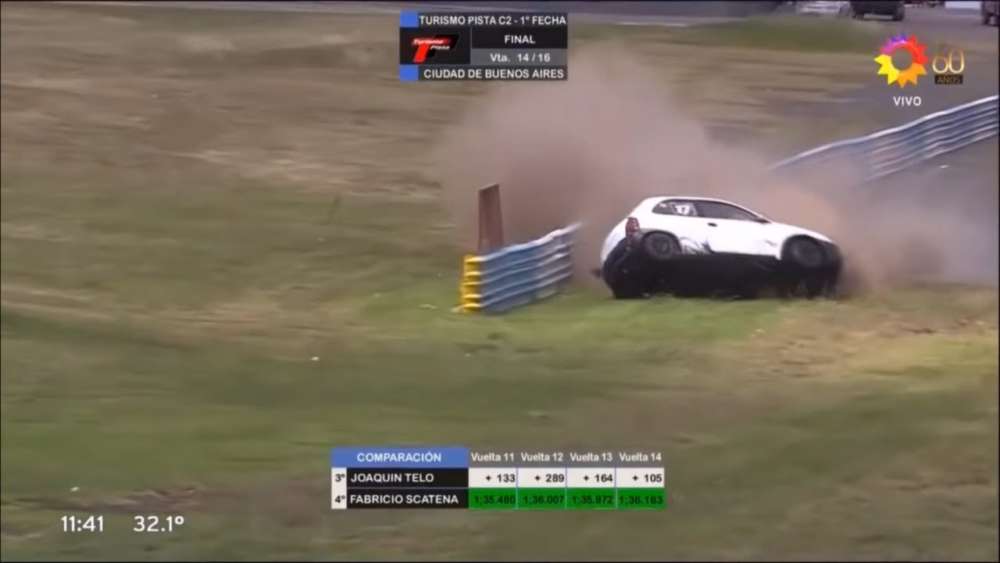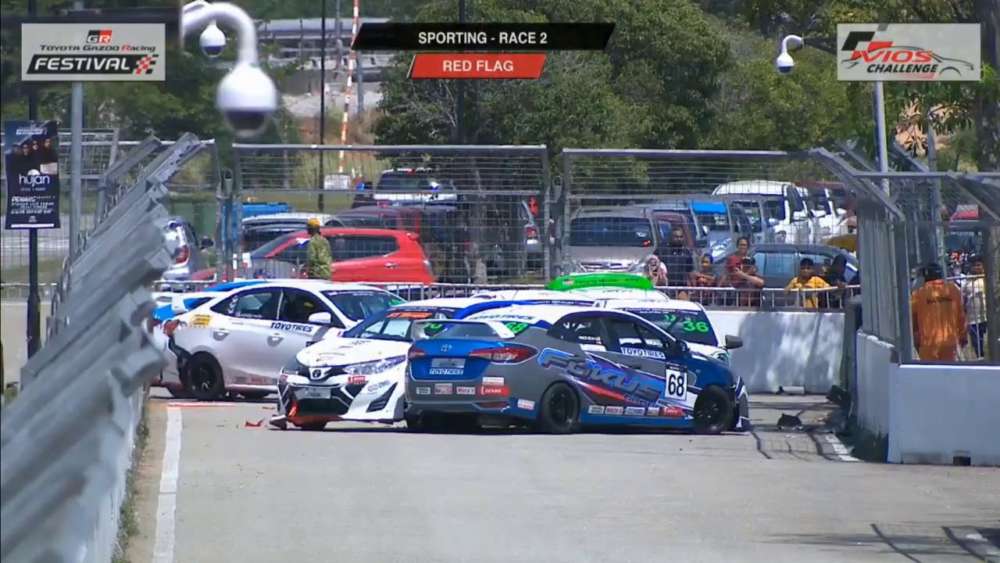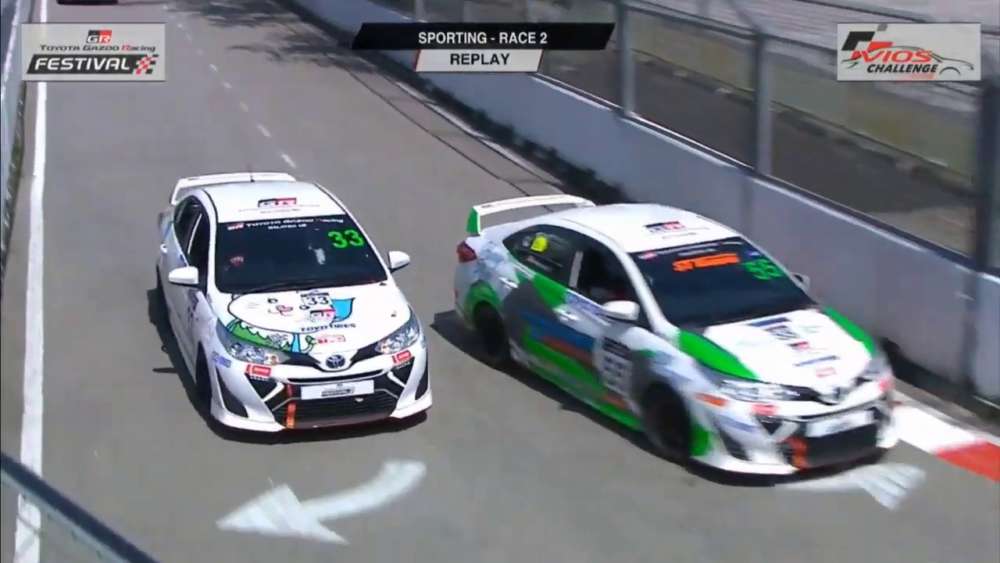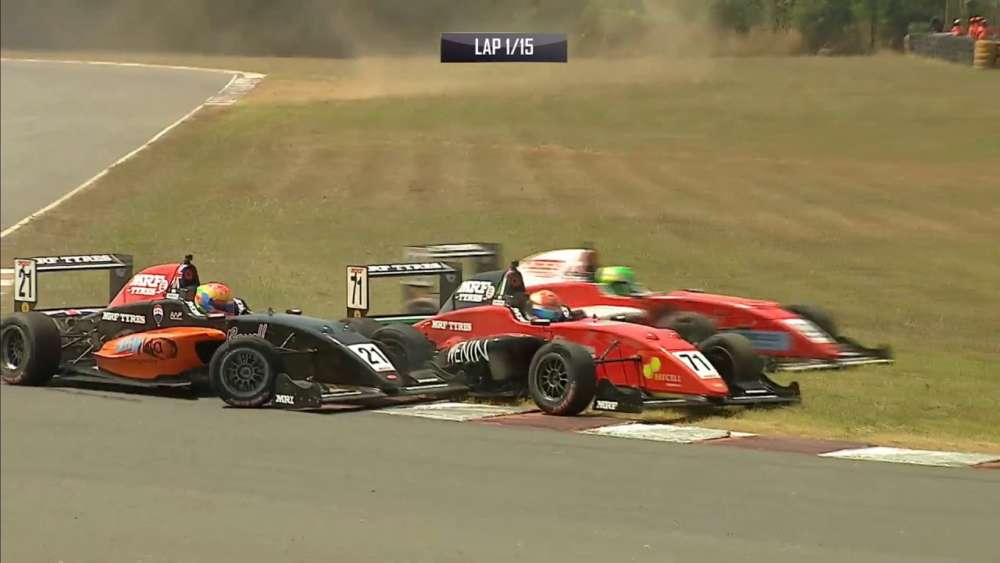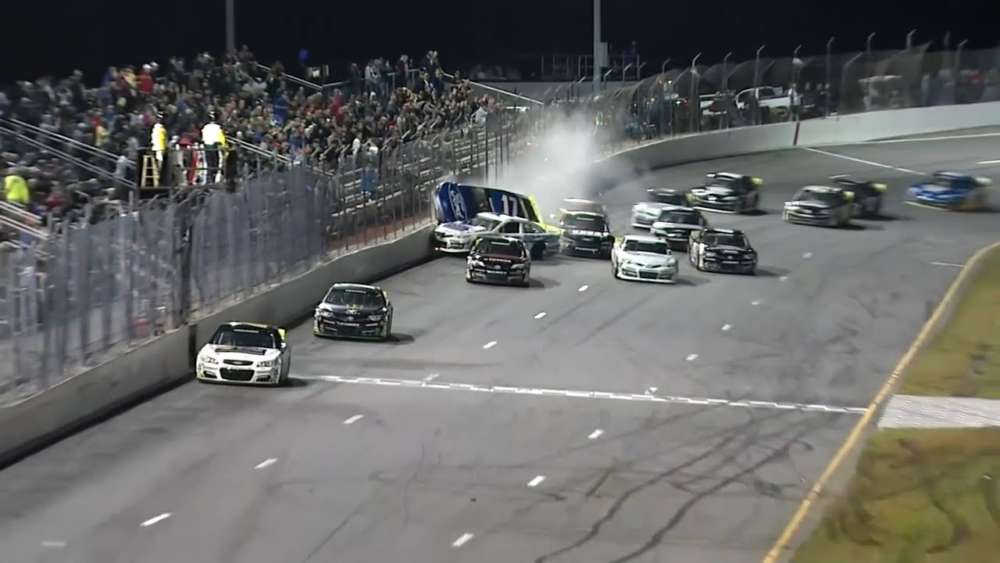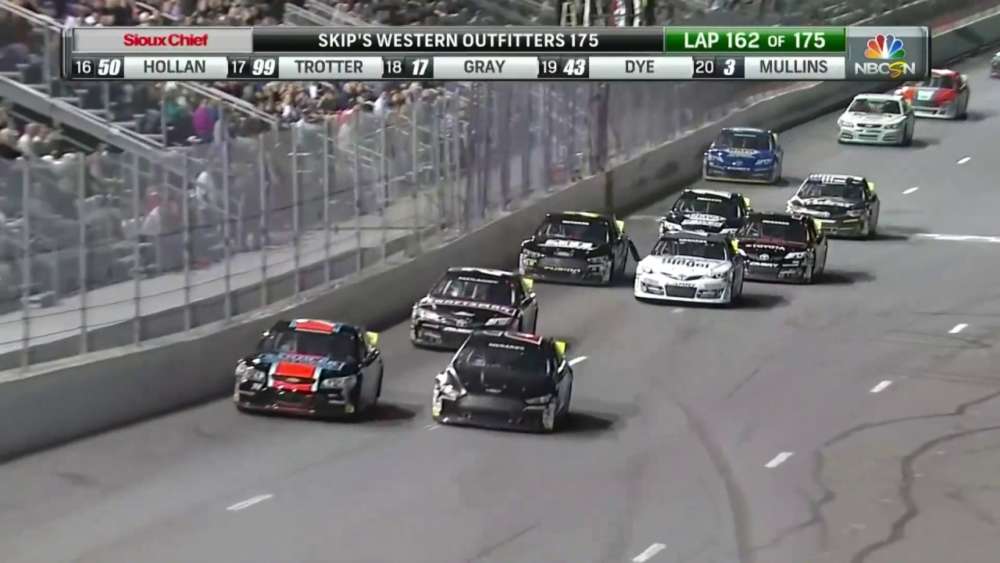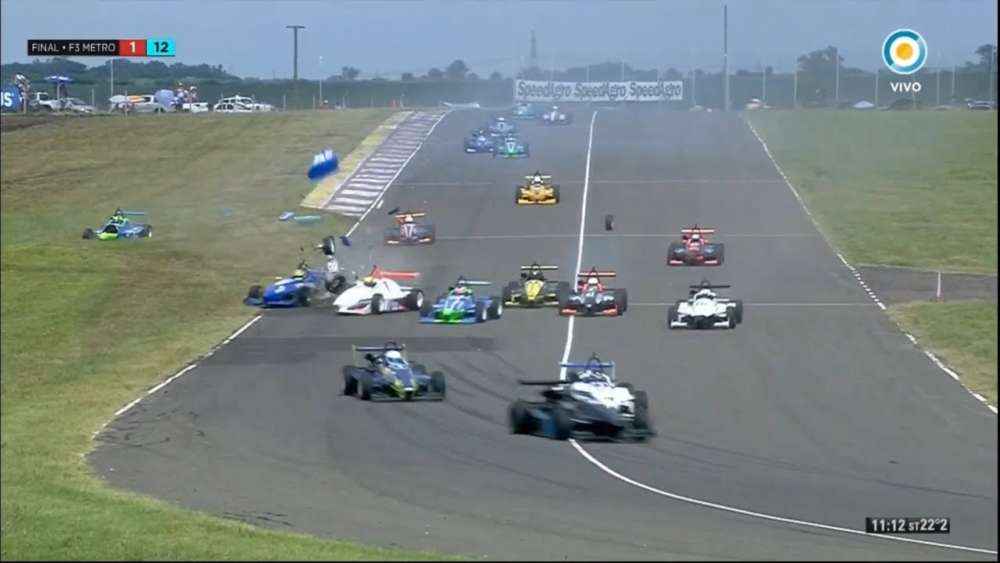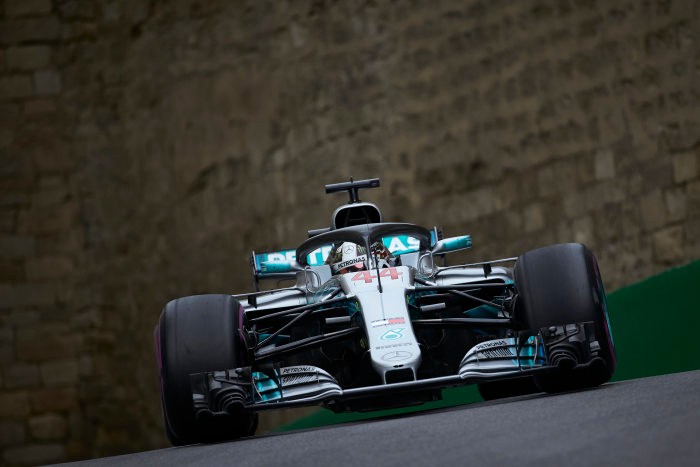
Formula One is heading into the European season, continuing the battle this weekend with Round Five from the Circuit de Barcelona-Catalunya
- Toto Talks Spain
- Featured this Week: Aerodynamics in Spain
- Stat Attack: Spain and Beyond
Toto Talks Spain
After an exciting start to 2018 we’re now heading into the European season with races like Spain and Monaco that present very different challenges than some of the previous tracks. Overtaking is difficult in Barcelona and even more so in Monte Carlo, making track position key for a good race result. So every team will work hard to get every last bit of performance out of the car in qualifying.
The European season is also the time when teams start introducing bigger upgrades to their cars. It’s the first step of the development race that looks like it could run to the very end of the season. It will be interesting to see how much performance the teams can find with their upgrades and what impact those upgrades will have on the team ranking – both at the front and in the midfield.
Barcelona holds mixed memories for us – a double DNF in 2016, but also a dramatic win for Lewis last year after passing Vettel on track for the lead. We’re hoping that this year’s Spanish Grand Prix will be a good race for us, but we know that it will be tough. The first four races indicate very strongly that we will see the three-way battle continue and – if anything – intensify.
Featured this Week: Aerodynamics in Spain
What makes Barcelona an aerodynamic reference track?
The Circuit de Barcelona-Catalunya has a good mixture of different track characteristics, featuring low-, mid- and high-speed corners as well as two straights over 300 km/h. This layout makes it a good reference as the teams learn how the car performs in many different situations, how well balanced it is and how it handles the tyres. The long tradition of testing in Barcelona also plays a role, as the teams know the circuit well and can translate their findings in Spain for other tracks. This year, however, this turned out to be a bit of a challenge as the weather conditions at the pre-season test were unusually cold. Adding to the challenge was the fact that the track was re-surfaced over the winter and now has much smoother asphalt, making historic comparisons even trickier.
Why is overtaking so difficult in Barcelona?
The main point for overtaking is the start-finish straight and Turn 1. However, the high-speed corner leading into the main straight (Turn 16) is aero-limited, meaning that the car behind loses a lot of downforce and thus grip relative to the car in front. This makes it hard to get close to the car in front coming out of Turn 16, reducing the overtaking possibilities for the 1,047 metre long straight. And even if a car manages to get alongside another one on the straight, there are no two obvious lines through Turn 1 with which they could attack each other. The situation is similar for the shorter back straight. Although the corner following the straight (Turn 10) is a low-speed turn, Turn 9 is high-speed, making it very difficult for a car behind to follow and attack on the straight.
Is it the cars or the track layout that make it so difficult to overtake?
Both. In general, Formula One cars are hard to follow as a consequence of the vast amount of downforce they’re producing. The wake the cars create increases with the amount of drag they generate. This leads to a proportional loss of dynamic pressure (the air speed onto the car behind) generating a loss of downforce for the following car. The amount of downforce the following car loses is proportional to both the loss of dynamic pressure and the total amount of downforce of the car. Or, to put it differently: the more downforce the cars have, the more they lose. On a straight, that creates a bigger tow effect, which makes it easier for the car behind to get alongside the car in front of it. In a medium- or high-speed corner, however, this means that the following car loses downforce and therefore grip. On a track like Baku, with a very long straight and a relatively slow Turn 1 overtaking is relatively straightforward, but the specific track characteristics in Barcelona make overtaking much more difficult.
What effect does the DRS have?
The Drag Reduction System (DRS) has a huge impact on overtaking, as it means that the cars still have a lot of downforce in the corner, but shed a lot of drag on the straight. This means that the car behind sees two advantages as it benefits both from the tow effect and the fact that it loses part of its own drag on the straights, resulting in faster acceleration and higher terminal speeds. For a track like Barcelona, the DRS is very important for overtaking as it can counterbalance some of the challenges the track layout creates for overtaking.
We will see changes in the aerodynamic regulations for the 2019 season, with a simplified front wing, a simplified front brake duct and a wider and deeper rear wing. What effect will those changes have?
The changes have been introduced to improve overtaking. It’s hard to say at this early stage how big the effect will be for overtaking and the base performance of the car. The biggest challenge will come from the changes to the front wing and brake ducts. While the flow is subsonic, and therefore the governing equations are elliptic in nature – meaning that not only the front of the car affects the rear, but also that the rear affects the front – the front wing sets the flow to the rest of the car. Getting the front wing right aerodynamically will be the biggest factor in determining the performance of the car. Once this is sorted the rest of the car can then be optimised.
Stat Attack: Spain and Beyond
| 2018 Spanish Grand Prix Timetable | |||
| Session | Local Time
(CEST) |
Brackley
(GMT) |
Stuttgart
(CEST) |
| Practice 1
Friday |
11:00-12:30 | 10:00-11:30 | 11:00-12:30 |
| Practice 2
Friday |
15:00-16:30 | 14:00-15:30 | 15:00-16:30 |
| Practice 3
Saturday |
12:00-13:00 | 11:00-12:00 | 12:00-13:00 |
| Qualifying
Saturday |
15:00-16:00 | 14:00-15:00 | 15:00-16:00 |
| Race
Sunday |
15:10-17:10 | 14:10-16:10 | 15:10-17:10 |
| Race Records – Mercedes F1 at the Spanish Grand Prix | |||||||
| Starts | Wins | Podium
Places |
Pole
Positions |
Front Row
Places |
Fastest
Laps |
DNF | |
| Mercedes | 9 | 3 | 6 | 5 | 10 | 2 | 5 |
| Lewis
Hamilton |
11 | 2 | 6 | 3 | 5 | 4 | 1 |
| Valtteri
Bottas |
5 | 0 | 0 | 0 | 0 | 0 | 1 |
| MB Power | 25 | 8 | 21 | 9 | 18 | 7 | 18 |
| Technical Stats – Season to Date (Barcelona Pre-Season Test 1 to Present) | |||||
| Laps
Completed |
Distance
Covered (km) |
Corners
Taken |
Gear
Changes |
PETRONAS
Fuel Injections |
|
| Mercedes | 2,187 | 11,193 | 35,840 | 111,454 | 87,480,000 |
| Lewis
Hamilton |
1,021 | 5,253 | 16,768 | 52,476 | 40,840,000 |
| Valtteri
Bottas |
1,166 | 5,940 | 19,072 | 58,978 | 46,640,000 |
| MB Power | 5,755 | 29,580 | 94,159 | 293,851 | 230,200,000 |
| All-Time Records – Silver Arrows in Formula One | ||||||||
| Starts | Wins | Podium
Places |
Pole
Positions |
Front Row
Places |
Fastest
Laps |
1-2
Finishes |
Front Row
Lockouts |
|
| Mercedes | 172 | 77 | 159 | 89 | 158 | 58 | 40 | 50 |
| Lewis
Hamilton |
212 | 63 | 120 | 73 | 120 | 38 | N/A | N/A |
| Valtteri
Bottas |
101 | 3 | 24 | 4 | 8 | 5 | N/A | N/A |
| MB Power | 442 | 163 | 426 | 172 | 338 | 153 | 65 | 85 |
Source : www.Mercedes-benz.com
